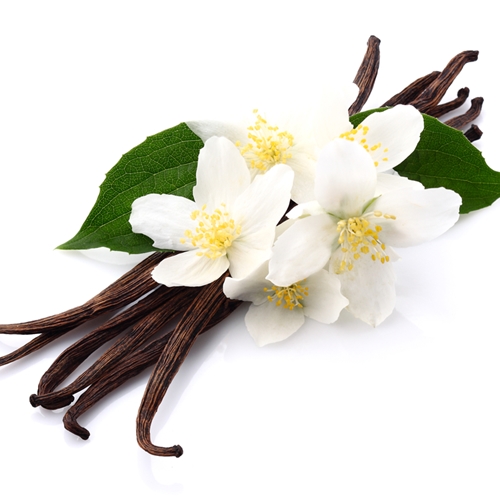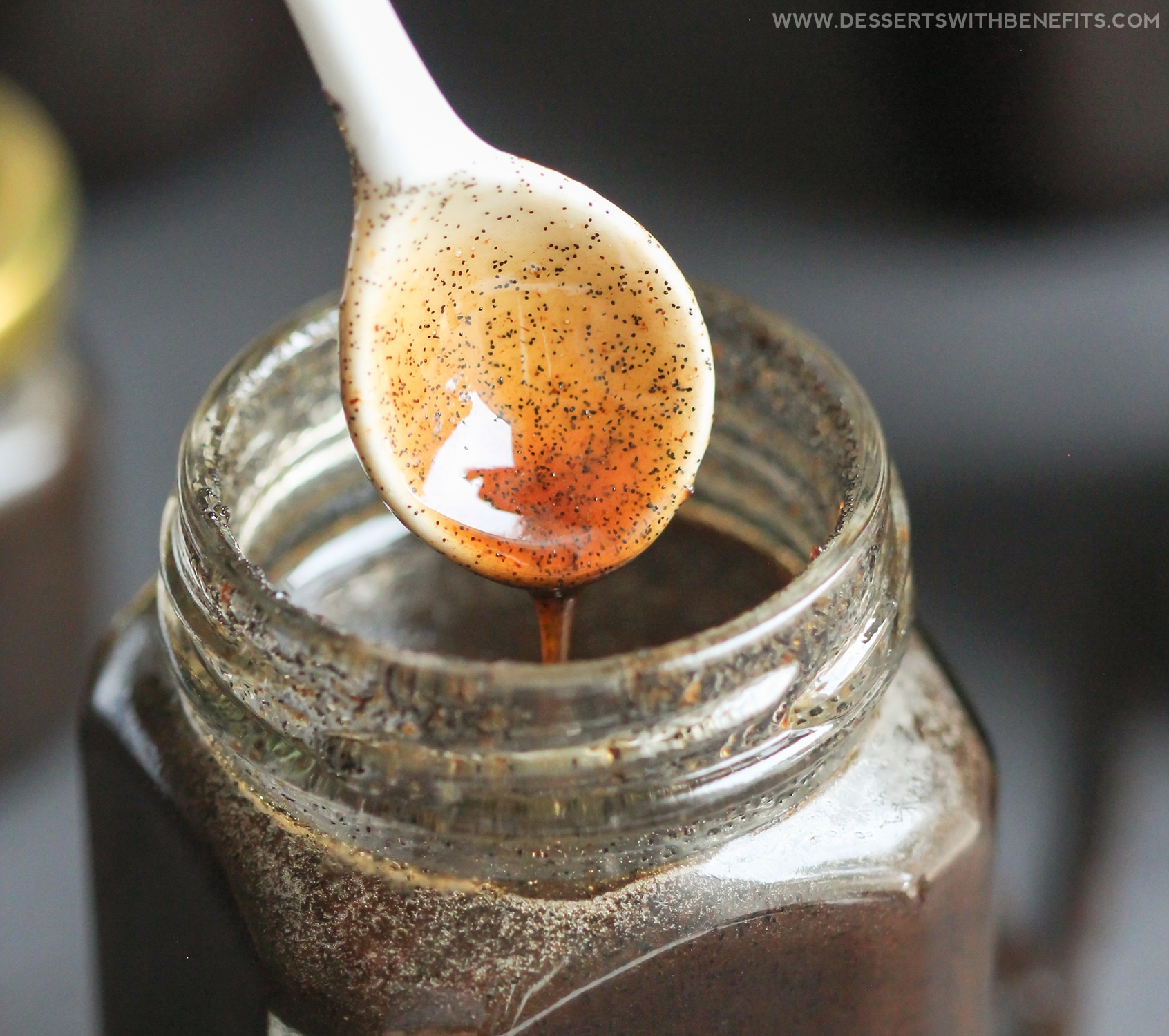

This maintains the perfect amount of enzymatic reaction to produce the desired color and flavor. The beans are spread out in the sunshine during the day and packed into cooling sweat boxes at night. Madagascar vanilla beans are hung in curing sheds to expel some initial moisture before they spend the next 2-3 months undergoing a special curing process. The process for curing vanilla varies by region-this results in subtle, but noticeable differences in the flavor of the vanilla bean. When the vanilla beans are initially harvested they do not present any flavor or aroma, it takes months of aging and curing for this to happen. The bean is ready to harvest when their color changes from green to yellow. From there, the bean needs another 4-9 months for the vanilla pods to fully mature.

Vanilla orchid flowers will blossom and die within a 48-hour period, and must be carefully pollinated by hand or else no bean will grow. Once a vanilla seed germinates, it will take up to three years before the vine produces a flower. Vanilla is the only member of the orchid family capable of producing an edible product. The vanilla flower is a species of orchid that grows on a broad-leafed vine. For budding pastry chefs out there, we also offer bags of 10 beans at a significant discount.A vanilla bean can take over a year to grow from flower to edible bean, and the entire process must be done by hand. We usually sell our vanilla beans three at a time in a bag. If you’re not using the empty pod, though, put it in a jar of granulated sugar for a few weeks to make your own vanilla sugar, or lay the pods over halved pieces of fruit and bake in the oven for a delicious dessert.

The whole lot – seeds and pod – are often simmered in cream for a custard or pudding. To use a vanilla bean, cut it in half lengthwise with a sharp knife, and then use the knife to scrape out the sticky black seeds or “caviar” inside. This is just crystallized vanillin, the compound that gives vanilla beans their flavour. Don’t worry if there are white crystals on the inside or outside of your bean. Good vanilla beans should be dark, long, wrinkly and moist. We recommend trying both types over time to see which ones you like best. Tahitian beans have a more floral aroma, and are actually preferred by many pastry chefs for the slight fruitiness they give to desserts. Madagascar grows most of the world’s Bourbon vanilla. Bourbon beans come from the same species of orchid as Mexican vanilla beans, but are often better quality. If you want the flavour of a good-quality vanilla ice cream, this is the vanilla bean for you. Bourbon vanilla beans have a rich, creamy flavour and are the ones most commonly called for in recipes. We sell two varieties of vanilla beans: Bourbon vanilla beans from Madagascar and Tahitian vanilla beans from Papua New Guinea. This intensive process is the reason for the high price of vanilla beans. The orchids need to be hand-pollinated, and nine months later when the beans are ripe, they are hand-picked and sun-dried during the day, then wrapped in woolen cloth to sweat at night. Producing vanilla pods is truly a labour of love. Vanilla beans are the fruit of a certain orchid variety native to Central America.

But we insist that the intense flavour you get from a vanilla bean will vastly improve the quality of your baking and desserts. With a market flooded by cheap imitation vanilla extracts (which are derived from coal tar and by-products of the paper industry and contain no actual vanilla – you really should throw them away), many people see authentic vanilla as an expensive luxury. Vanilla beans are some of our very favourite things, and we feel that too few people use them regularly in their kitchens.


 0 kommentar(er)
0 kommentar(er)
